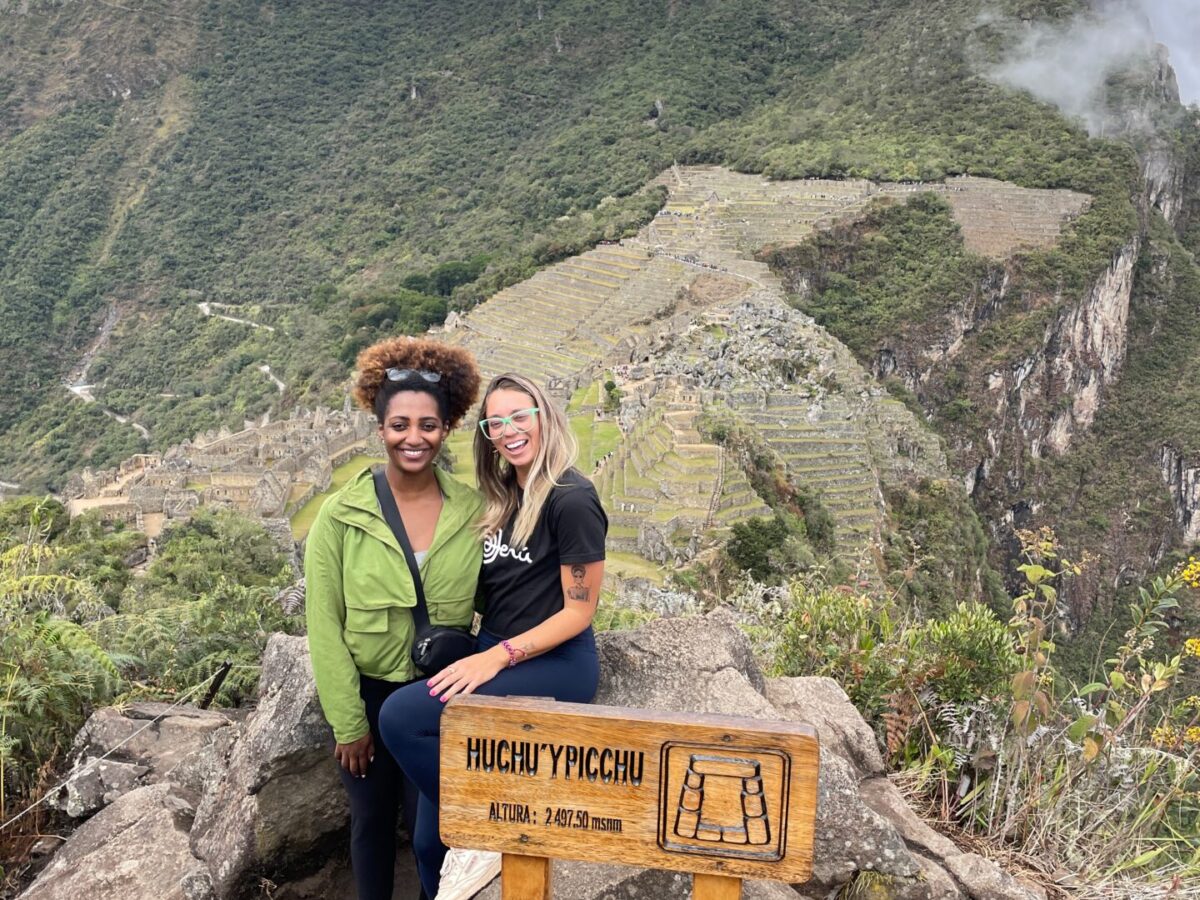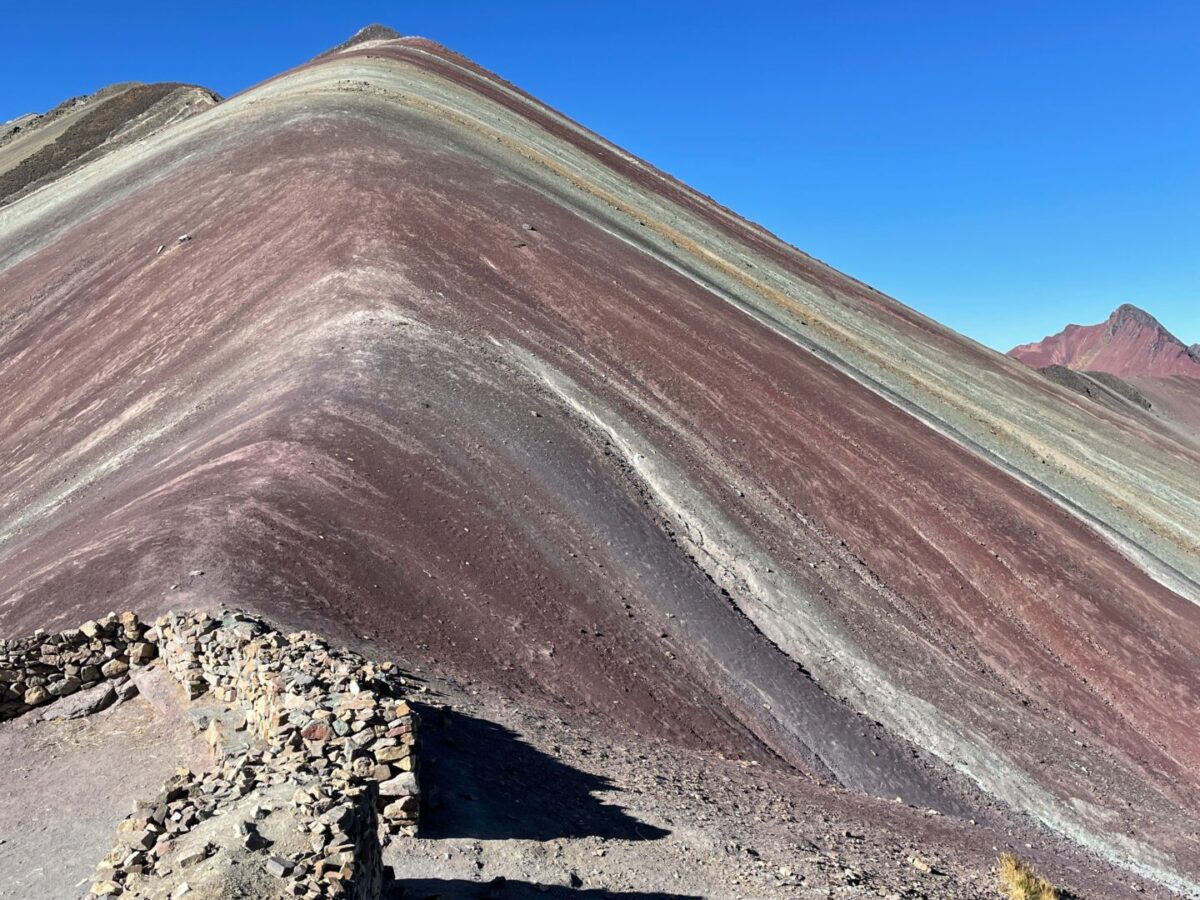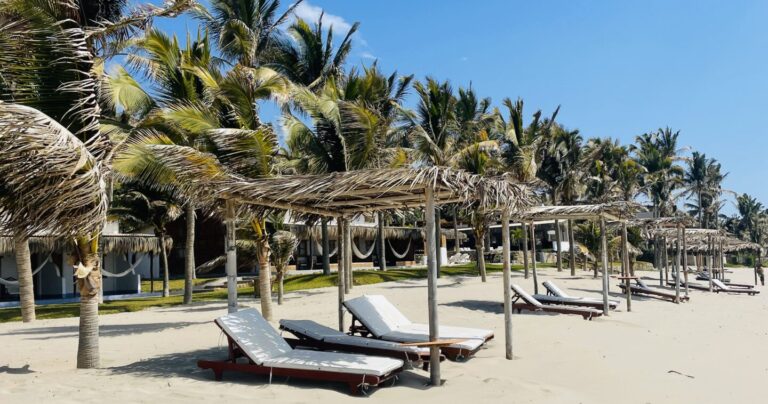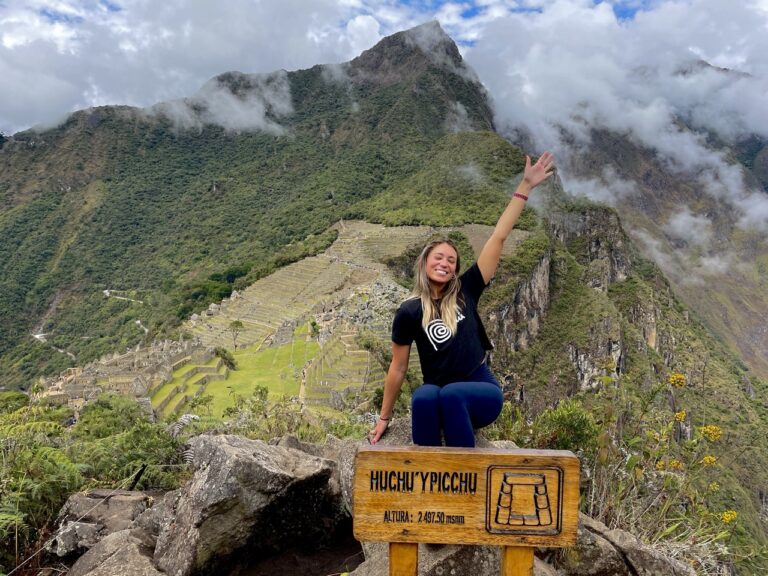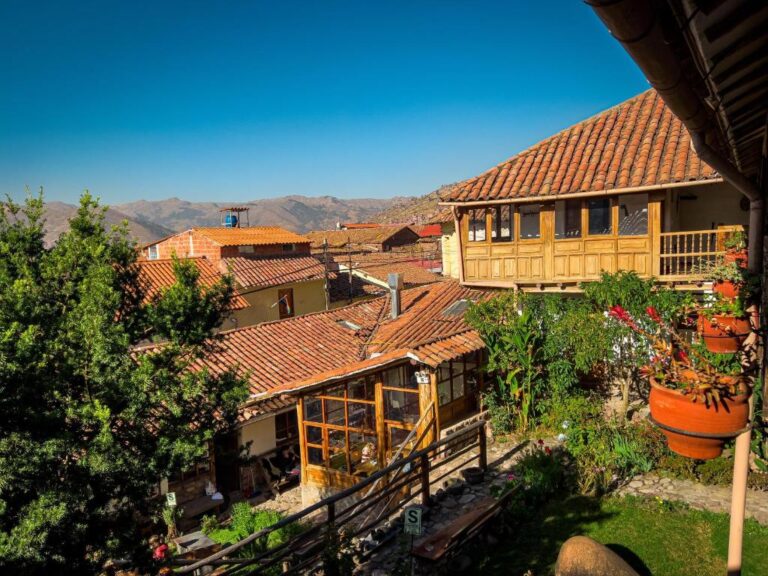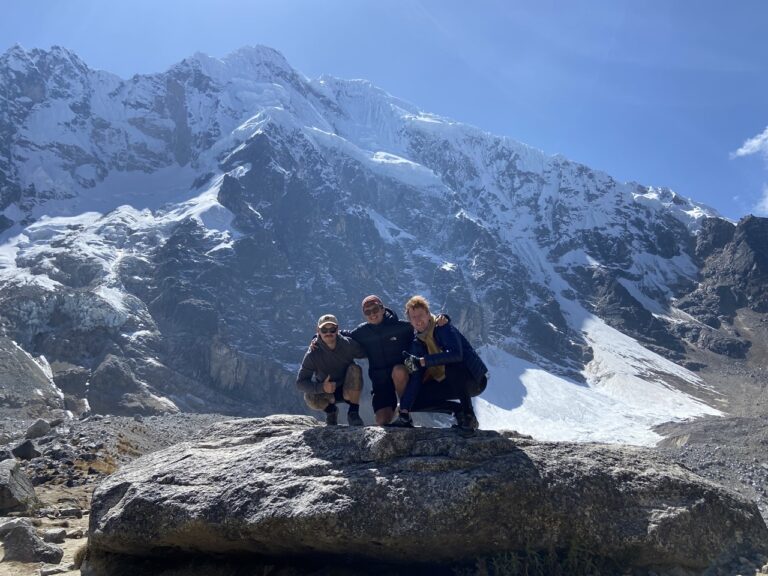Altitude Sickness in Cusco: 5 Tips to Survive (And Still Enjoy Your Trip)
So, you’ve just landed in Cusco Peru, and instead of feeling like an adventurous explorer, you feel like you’ve been hit by a truck. Welcome to high-altitude life! At 3,400m (11,152 ft) above sea level, Cusco is breathtaking—literally. Altitude sickness is super common, especially if you’re coming straight from sea level.
The good news? Most people adjust within a couple of days, and altitude sickness isn’t a guaranteed experience. Some people feel totally fine, while others struggle even after preparing. It’s a bit of a lottery, but there are definitely ways to prevent and manage altitude sickness so you don’t spend your entire trip feeling like garbage.
In this guide, I’ll walk you through the 5 best ways to survive Altitude Sickness in Cusco, plus some extra tips for handling symptoms if they hit you hard. Let’s get into it!
In a Rush? Here Are Our Favorite Hotels in Cusco, Peru
⭐️⭐️⭐️ Palacio del Inka – Click here for rates & availability
⭐️⭐️ Costa Del Sol Cusco – Click here for rates & availability
⭐️ Pariwana Hostel Cusco – Click here for rates & availability
My Experience with Cusco’s Altitude
Even after spending time in Arequipa (2,335m / 7,661 ft) to acclimate, I still had to take it slow on my first day visiting Cusco. I spent most of it hanging out in a coffee shop, trying not to move too much. Later, I made the mistake of having one beer, and let’s just say… it hit harder than expected. Like, full-on lightweight mode.
That’s the thing about higher altitudes—they humble you fast. Some people power through with no issues, while others (me) have to pretend that sipping a latte all day was the plan all along. But with the right approach, you can ease into the altitude without too much struggle. Let’s talk about how.
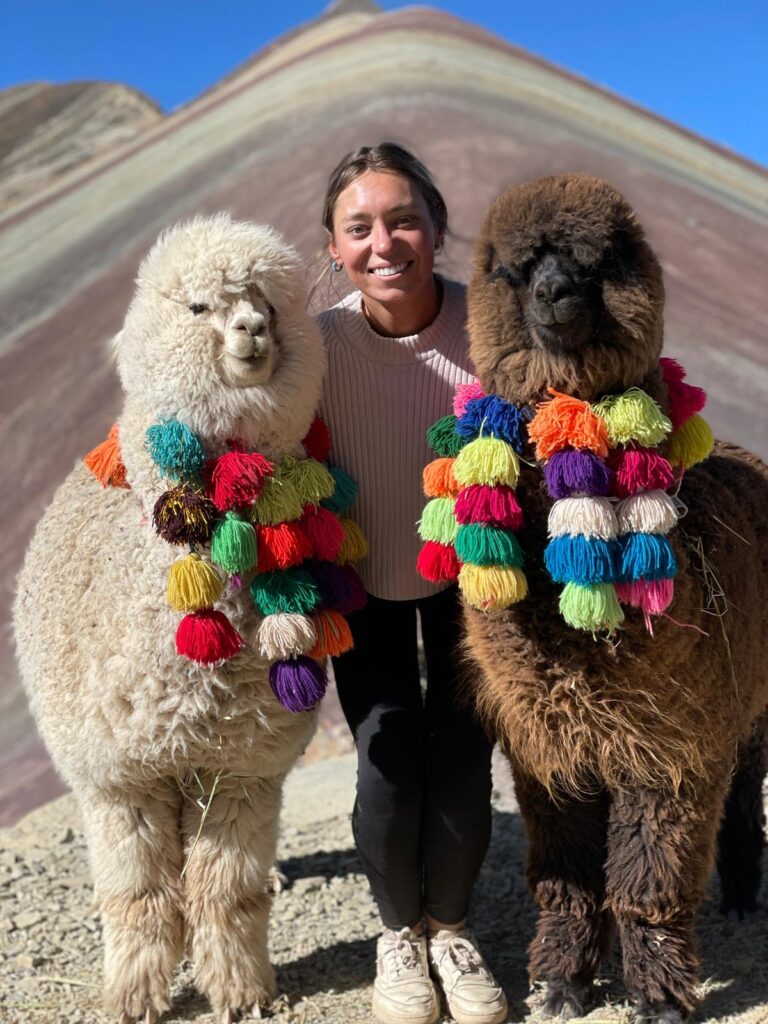
What Is Altitude Sickness?
Altitude sickness (acute mountain sickness or AMS) happens when your body struggles to adjust to higher elevations where there’s 30–40% less oxygen than at sea level. In Cusco city, this can make even simple activities—like walking up a flight of stairs—feel like a full-body workout.
The symptoms feel a lot like a weird hangover: headache, nausea, dizziness, fatigue, trouble sleeping, and sometimes even vomiting. It’s not exactly the welcome party you were hoping for, but it’s pretty common when going from low to high altitude too quickly.
Who Gets Altitude Sickness?
There’s no perfect formula for predicting who will get sick. Some people feel totally fine, while others struggle even after acclimating in lower-altitude places like Arequipa or the Sacred Valley. Fitness level doesn’t matter—even marathon runners can get wrecked by high altitude. The biggest risk factor is how quickly you ascend.
How Long Does It Last?
Most people feel better within 24–48 hours as their bodies adjust, but in some cases, symptoms can last longer. If things get worse instead of improving, it’s a sign that you need to rest, hydrate, or even descend to a lower elevation.
Need a place to stay before or after Cusco? Here are my top accommodation picks:
🏨 Best places to stay in Lima – Perfect for your first stop in Peru.
🏖️ Where to stay in Mancora – If you’re craving some beach time after all those mountains.
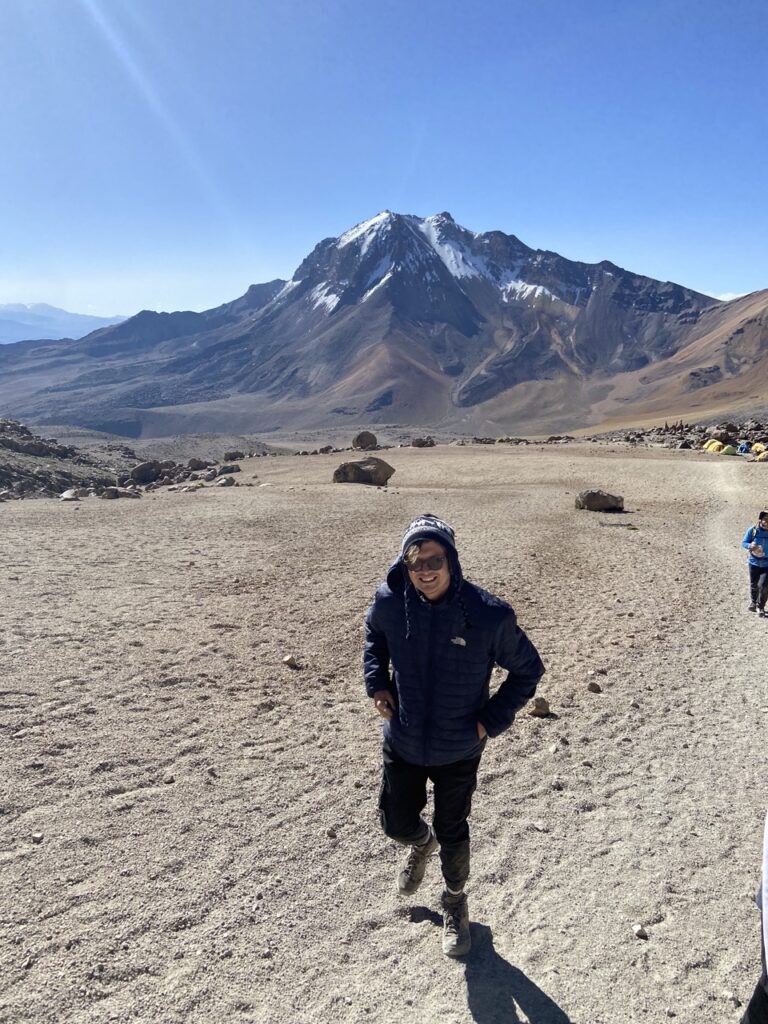
Quick Guide to Altitude Sickness in Cusco Symptoms
Cusco altitude sickness can hit differently for everyone, but most symptoms feel like a bad hangover or jet lag on steroids. They usually show up within 6–12 hours of arriving in Cusco and can range from mild to “why did I come here again?”
Common Altitude Symptoms:
- Headache – The most common symptom. Feels like your brain is in a vice.
- Nausea & loss of appetite – Food might sound gross, or you could feel queasy for no reason.
- Dizziness & lightheadedness – Standing up too fast? Bad idea.
- Fatigue & weakness – Even walking up a small hill can feel like a marathon.
- Shortness of breath – Oxygen is scarce up here, so even easy activities or a day tour leave you winded.
- Difficulty sleeping – Some people have insomnia or wake up gasping for air.
- Swelling in hands, feet, or face – Your body retains fluid at high altitude, which can make you feel extra puffy.
Mild symptoms usually go away on their own after a day or two. But if you start feeling confused, have trouble walking, or experience chest tightness, it could be something more serious like high altitude pulmonary edema or high altitude cerebral edema (HAPE/HACE)—which require immediate medical attention.
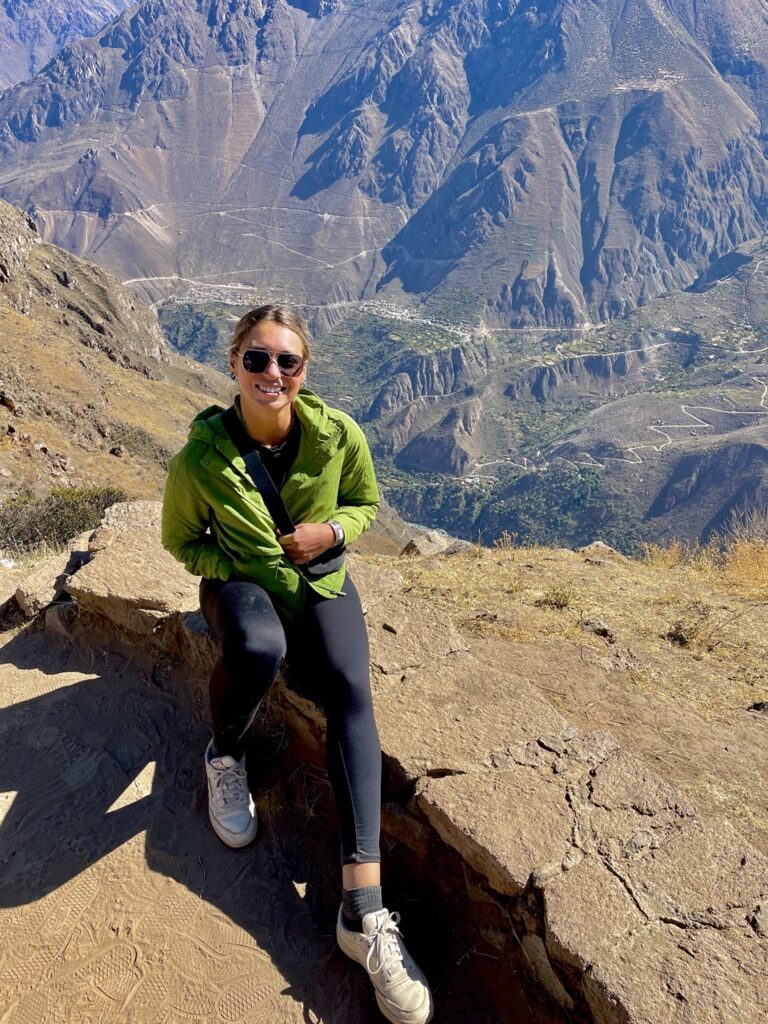
5 Tips to Survive (and Still Enjoy) Cusco’s Altitude
Altitude sickness doesn’t have to ruin your trip. With a little preparation and smart travel information, you can adjust faster and avoid feeling miserable. Here are five solid tips to help you prevent altitude sickness—and still have an awesome time.
1. Acclimate Slowly
Jumping straight into Cusco’s 3,400-meter (11,152-foot) altitude can be a shock to the system. If you have time, ease in by spending a few days in the Sacred Valley (Ollantaytambo or Pisac) first. (You can take a train) The valley sits at a lower altitude (2,800 meters / 9,186 feet), giving your body a chance to adjust before tackling Cusco or doing a Machu Picchu Tour.
Even if you arrive straight in Cusco, take the first 24–48 hours super easy—no epic hikes or big sightseeing missions. I learned this the hard way after arriving from Arequipa. I figured I was acclimated enough, but even a short walk to explore Cusco had me gasping. I ended up spending the whole first day in a coffee shop just to let my body catch up.
💡If you’re planning a bigger Peru travel trip, a smart itinerary can actually help you acclimatize before hitting Cusco. Check out my 10-day Peru itinerary that takes you through Lima and Arequipa first before heading to high-altitude spots like Cusco and Machu Picchu for a gradual acclimatization.
2. Hydrate Like Your Life Depends on It
High altitudes dehydrate you faster, which makes altitude sickness symptoms even worse. Drink at least 3–4 liters of water per day to help your body adjust. Electrolytes can also help—hydration powders like Nuun or Liquid I.V.work great.
Coca leaf tea is another local favorite, but go easy on it—too much can make you jittery or mess with your sleep. And as tempting as that first celebratory beer might be, alcohol dehydrates you even more. I had one beer my first night in Cusco and felt way drunker than I should have… lesson learned.
3. Eat Smart & Avoid Booze
Your digestive system slows down at high altitudes, which means heavy meals can leave you feeling sluggish and bloated. Stick to carbs and light meals—soups, rice, and potatoes are all good choices.
And as much as it pains me to say it, hold off on the booze for the first couple of days. Alcohol can hit you way harder up here (as I unfortunately discovered) and make symptoms worse. Save the pisco sours for when you’re feeling better.
4. Try Natural & Medical Remedies
Peruvians have been dealing with altitude for centuries, and coca leaves and coca tea are their go-to remedies to avoid altitude sickness. You’ll find coca products everywhere in Cusco—hotels often provide coca tea for free. Chewing coca leaves is another option, though the taste is… an acquired one.
If you want something stronger, Sorojchi Pills (a local altitude sickness med) are available at most pharmacies, and Diamox (Acetazolamide) is another option if you’re really struggling.
If you’re looking for extra help adjusting to the altitude in Cusco, you might want to bring along altitude sickness tablets or altitude patches to help ease symptoms.
5. Listen to Your Body & Rest When Needed
Pushing through altitude sickness is not a flex—it’ll just make you feel worse. If you’re dizzy, exhausted, or have a pounding headache, slow down and rest.
Most symptoms improve within a couple of days, but if you’re feeling worse instead of better, it might be time to adjust your plans. In serious cases, descending to a lower altitude (like the Sacred Valley) is the best solution. It’s not admitting defeat—it’s just letting your body catch up.
A half-day Cusco city tour is a great way to explore without overexerting yourself. You’ll get to see the highlights while still adjusting to the altitude.

Smart Travel Tips for High-Altitude Adventures
Cusco isn’t the only high-altitude spot you might visit in Peru, and if you’re planning on trekking to or visiting Machu Picchu, Rainbow Mountain, or Lake Titicaca, a little extra planning goes a long way.
Start Low, Go Slow
Instead of flying straight into Cusco (3,400m), consider acclimating in Arequipa (2,335m) or the Sacred Valley(2,800m) first. Arequipa is a great place to adjust gradually while enjoying its beautiful colonial streets and amazing food. The Sacred Valley is also lower than Cusco and offers a gentler transition before hitting higher elevations.
Time Your Trek Right
If you’re doing the Inca Trail Hike, Salkantay Trek, or Rainbow Mountain, don’t book it for day two in Cusco—that’s a fast track to misery. Give yourself at least 2-3 days to adjust before taking on any major hikes.
Pack Like a Pro
- Electrolytes – Hydration is key at altitude. Pack electrolyte packets for an easy boost.
- Coca candies or tea bags – Handy if you’re trekking or won’t have access to fresh coca leaves.
- Layers – Cusco’s weather flips between hot sun and chilly winds fast. Bring a good mix of warm and breathable clothing.
- Good sunscreen & lip balm – The sun is brutal at high altitudes. Protect your skin and lips to avoid extra discomfort.
Know Your Limits
Not everyone acclimates the same way. If you feel off, listen to your body—it’s better to adjust plans than risk serious altitude sickness. And if you’re ever unsure, locals, guides, and even your hostel/hotel staff are great sources for advice.
Oliver’s Experience with Altitude Sickness
I thought I had it rough in Cusco, but my partner, Oliver, had a way worse encounter with altitude sickness while hiking Chachani (6,057m) near Arequipa.
He was hiking up the mountain when the air pressure hit him like a truck—one minute, he was powering through, and the next, he had to lie down on the side of the trail, dizzy and nauseous. No amount of deep breathing or positive thinking was helping. Soon, the nausea turned into full-on vomiting, and that’s when we knew it wasn’t just a little altitude headache—it was serious.
Luckily, he had coca leaves and sorojchi pills on hand, but even those weren’t a miracle cure. The only thing that helped was stopping, resting, and giving his body time to adjust. Eventually, after a lot of water, slow breathing, and a long break, he started to feel stable enough to continue—but at a much slower pace.
Altitude sickness in Cusco Peru doesn’t care how fit or prepared you are. You can be in great shape and still get totally wrecked by it. That’s why listening to your body is so important—pushing through can make things way worse. If symptoms get extreme (vomiting, confusion, or difficulty breathing), the best move is to descend ASAP and seek medical attention if needed.
Bonus Tips for How to Avoid Altitude Sickness in Cusco
If you want to give yourself the best shot at feeling great in Cusco, here are a few extra tricks that can help:
- Sleep at an Incline – Lying flat can make it harder to breathe. Try propping yourself up with an extra pillow.
- Breathe Deep & Slow – Your body is getting less oxygen, so slow, deep breaths can help prevent dizziness.
- Wear Sunscreen – The sun at high altitude is no joke—UV rays are stronger, and sunburn will just make you feel worse.
- Skip the Sleeping Pills – Some sleep meds can slow your breathing, which isn’t great when you’re already getting less oxygen.
- Layer Up at Night – Cusco gets cold at night, and staying warm helps your body adjust more smoothly.
A little extra effort goes a long way when it comes to handling altitude. Give yourself time, listen to your body, and you’ll be good to go!
Get Ready for Your Trip to Peru
Book Your Accommodation
For the best deals and discounts, I recommend using Booking.com to book your hotel, villa, or hostel. It’s super reliable and budget-friendly!
Book Your Flight & Car
Looking for cheap flights or rental cars? Skyscanner.com is the way to go. I’ve been using it for years and have saved so much money along the way.
Book Tours & Activities
Planning tours and activities is a breeze with GetYourGuide.com. They offer amazing deals and only work with trusted tour operators, so you can book with confidence.
Get Travel Insurance
SafetyWing has been my go-to travel insurance for the past two years, and I couldn’t be happier. Highly recommend them for peace of mind on your trip.
Get Your Travel Credit Card
When it comes to travel credit or debit cards, Wise is a fantastic option. They offer great perks for withdrawing or sending money overseas, making travel finances hassle-free.
FAQ: Altitude Sickness in Cusco
How common is altitude sickness in Cusco?
Pretty common! Cusco altitude sits at 3,399m (11,152ft), so a lot of travelers feel at least mild symptoms—like headaches or dizziness—when they first arrive. Some people barely notice it, while others get hit harder. It’s unpredictable, but taking it slow helps.
How long does it take to adjust to Cusco’s altitude?
Most people start feeling better within 1-3 days, but it depends on the person. If you acclimatize in Arequipa or the Sacred Valley first, your body will adjust faster. If you go straight from sea level to Cusco, expect it to take a little longer.
Do I need altitude sickness pills for Cusco?
Not necessarily, but they can help. Diamox (acetazolamide) is the most common prescription altitude medication and can speed up acclimatization. If you’re worried about the Altitude Cusco sits at, talk to your doctor before your trip.
What do Peruvians take for altitude sickness?
Locals swear by coca leaves and coca tea, but honestly? I don’t think they work. You’ll find coca tea everywhere, and chewing coca leaves is a popular local remedy, but for me, the effects were pretty underwhelming. But give them a try, they can’t hurt!
Final Thoughts: Be Smart & Enjoy Cusco
Cusco is an epic destination, but the altitude can knock you down fast if you’re not prepared. Take it slow, drink water like it’s your job, and listen to your body. If you do start feeling rough, don’t panic—there are plenty of ways to manage symptoms. And if things get serious, descending is always the best call.
At the end of the day, altitude sickness is annoying but manageable. Give yourself time to adjust, and you’ll be exploring Cusco in no time.
Check Out My Other Peru Travel Guides
Where to Stay in Cusco: The Best Areas & Hotels in Cusco
Cusco Peru restaurants: My Favorite Food Spots in Cusco Peru
Peru Travel Itinerary: My Guide on How to Plan a Peru Itinerary
Things to Do in Arequipa: My Top 8 Things to do in Arequipa
How to Get to Machu Picchu: My Guide on How to get to Machu Picchu
When to Visit Machu Picchu: The Best Month to Visit Machu Picchu
What to do in Cusco: My Top Things to do in Cusco Peru
Altitude Sickness in Peru: How to Survive Altitude Sickness in Peru
Where to Stay in Lima: Best Areas and Hotels in Lima
10 Days in Peru: My 10 Days in Peru Itinerary
Colombia to Peru by Boat: How to Cross the Amazon from Colombia to Peru
Where to Stay in Mancora: Best Hotels to Stay in Mancora Peru
Peru Family Vacation: How to Plan the Perfect Peru Family Trip
Peru Packing List: My Ultimate Peru Packing Guide
Where to Stay in Arequipa: The Best Areas & Hotels in Arequipa Peru
Is Rainbow Mountain Worth it: My Honest Review
How to Get to Huacachina from Lima: My Full Guide
Can You Do Machu Picchu in a Day?: My Machu Picchu Day Trip Travel Guide
Related Articles
Can You Do Machu Picchu in a Day? Costs, Routes & What to Expect (2026)
There are few places in the world that actually live up to the hype, and Machu Picchu is one of them. It’s absolutely breathtaking. Standing there, surrounded by misty mountains and ancient stonework, you instantly understand why it’s one of the Seven Wonders of the World. Naturally, visiting Machu Picchu was a top priority during…
How to Get to Huacachina from Lima: Exactly How I Did It + What I’d Change (2026)
Huacachina is one of the most unique places in Peru and that’s saying a lot considering this country is home to Machu Picchu, the Amazon, and the Andes. But Huacachina stands out. It’s the only natural desert oasis in all of South America, and the tiny village surrounded by huge sand dunes really does feel…
Is Rainbow Mountain Worth It? Avoid the #1 Mistake Most Travelers Make
When I was planning out my 5 days in Cusco Peru before hiking Machu Picchu, I wasn’t totally sure how I wanted to spend my time—but Rainbow Mountain had been popping up on my Instagram feed for at least a year. The colors looked unreal, the alpacas were adorable, and honestly, the FOMO was setting…

